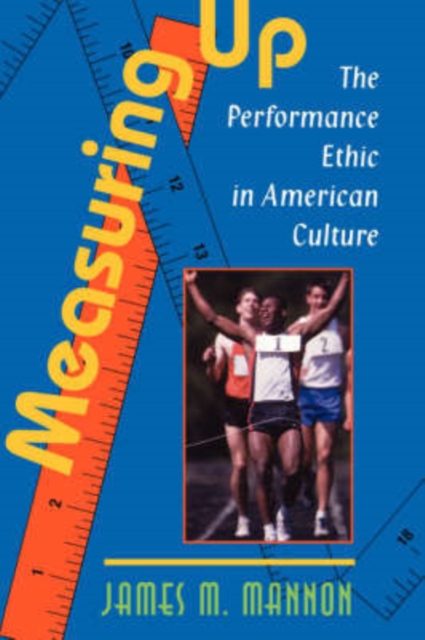Pull Production for the Shopfloor - Productivity Press Development Team - Bog - Taylor & Francis Inc - Plusbog.dk
In a "pull" production system, the final process pulls needed parts from the previous process, which pulls from the process before it, and so on, as determined by customer demand. This allows you to operate without preset schedules and avoid unnecessary costs, wastes, and delays on the manufacturing floor. Pull Production for the Shopfloor introduces production teams and managers to basic pull production concepts, enabling them to begin understanding, planning, and implementing this lean tool. Use this book to get everyone on board to reduce work in process inventory, lead-time, and other profit-draining expenses. This book will enable plant managers to explain and thereby get support the support they need from higher management for their pull implementation efforts. In this book you will learn about: Key concepts and applications of pull production The five steps to implementing a pull production system Production leveling Line balancing Managing pull production with kanban One-piece flow production Linking your suppliers to your pull production system Productivity''s Shopfloor Series books offer a simple, cost-effective approach for building basic knowledge about key manufacturing improvement topics. Like all our Shopfloor Series books, Pull Production for the Shopfloor includes innovative instructional features that are the signature of the Shopfloor Series. The goal: to place powerful and proven improvement tools such as pull production techniques in the hands of your entire workforce. Key learning features include: Well-organized, and easy-to-assimilate learning Chapter overviews and summaries Questions throughout each chapter to help you apply the learning to your own workplace Drawings and illustrations Margin icons that flag definitions, main points, and other highlights





























